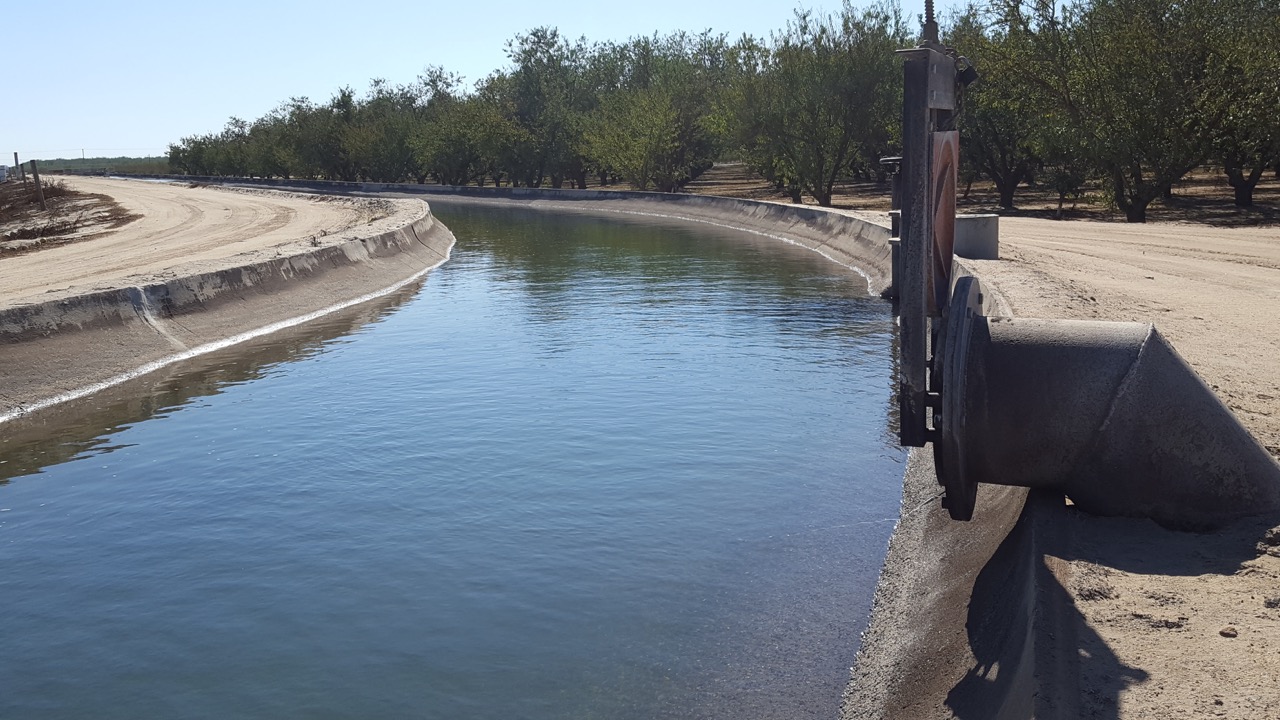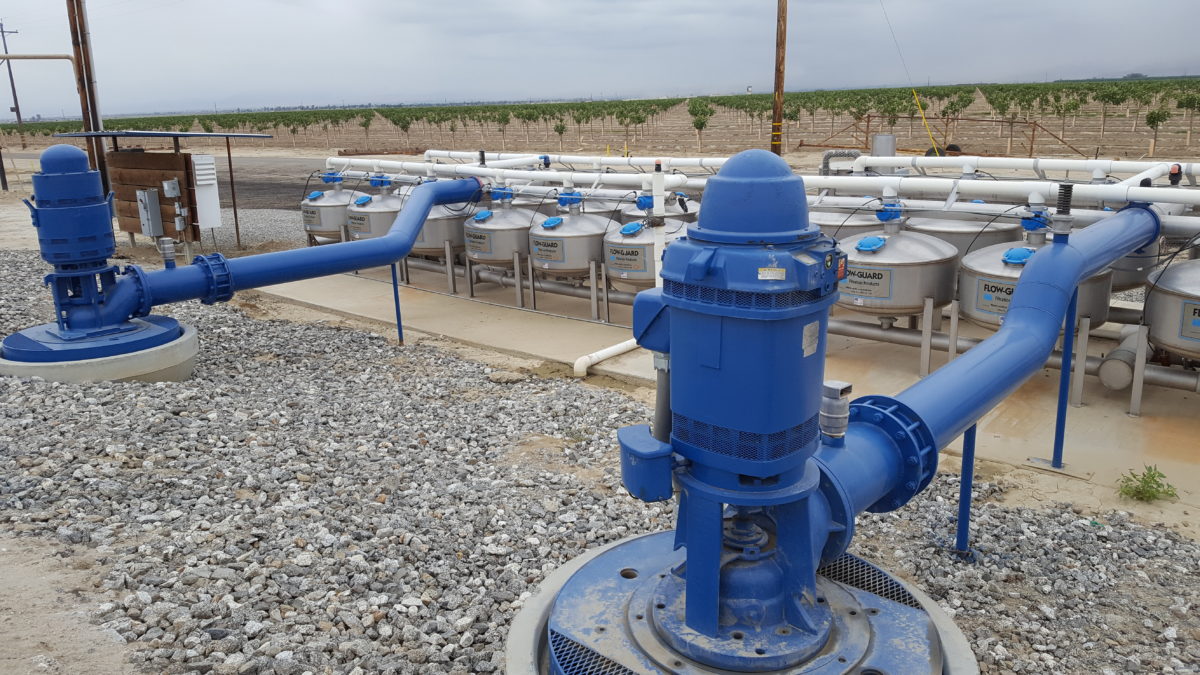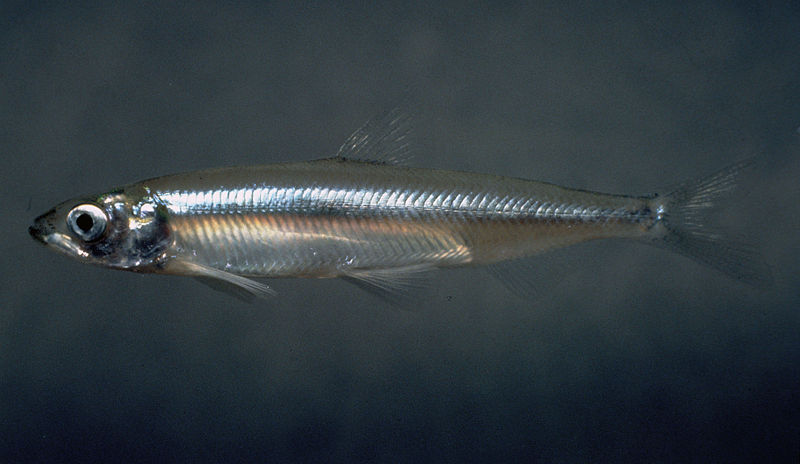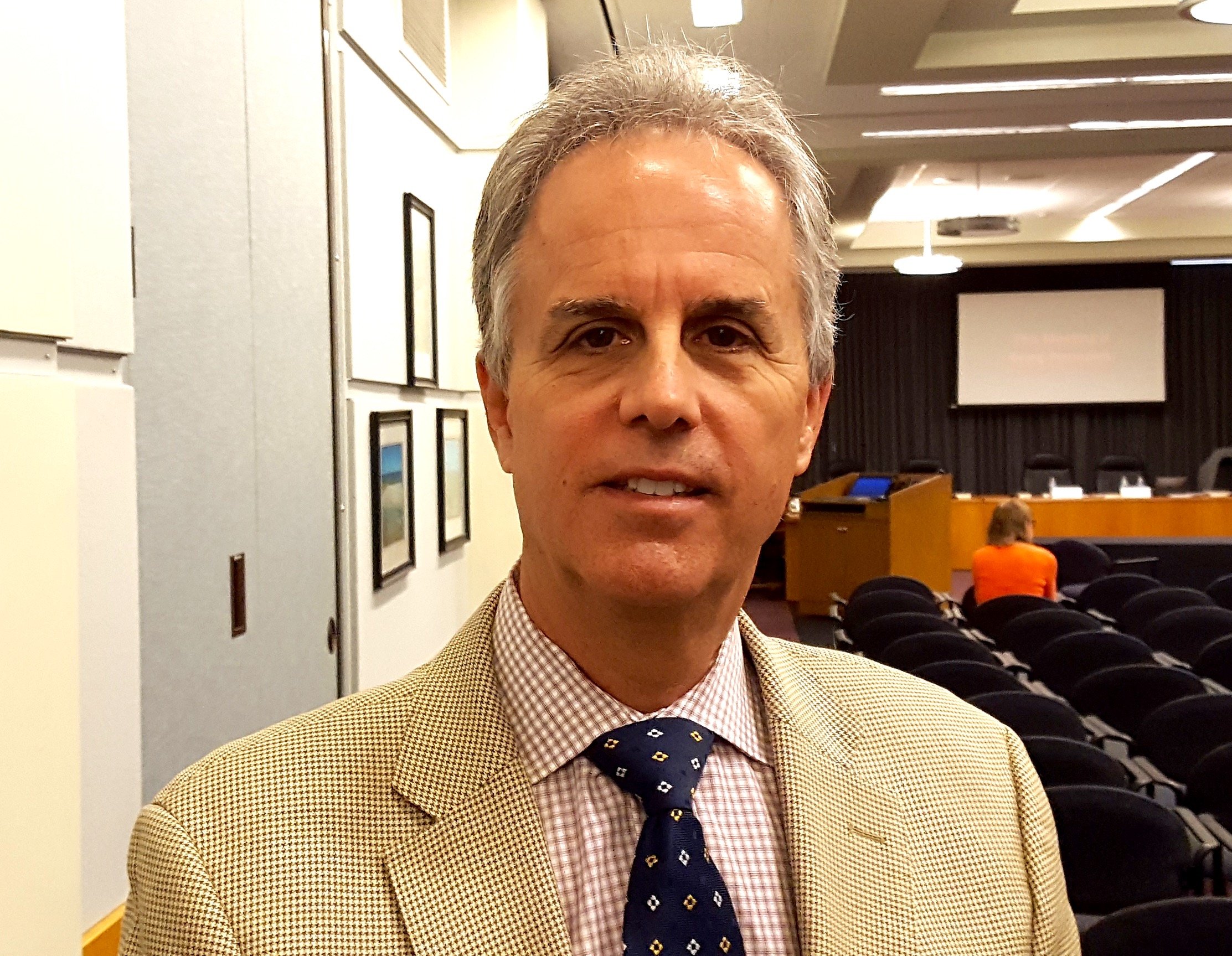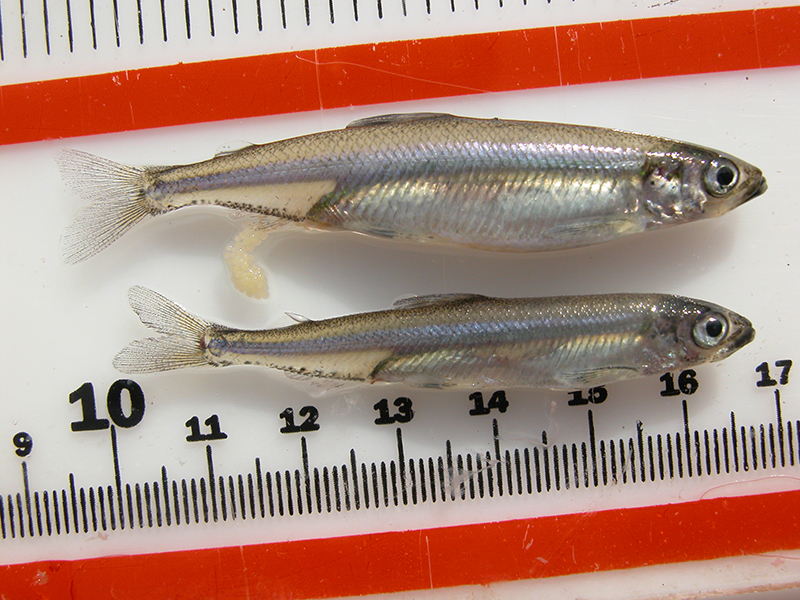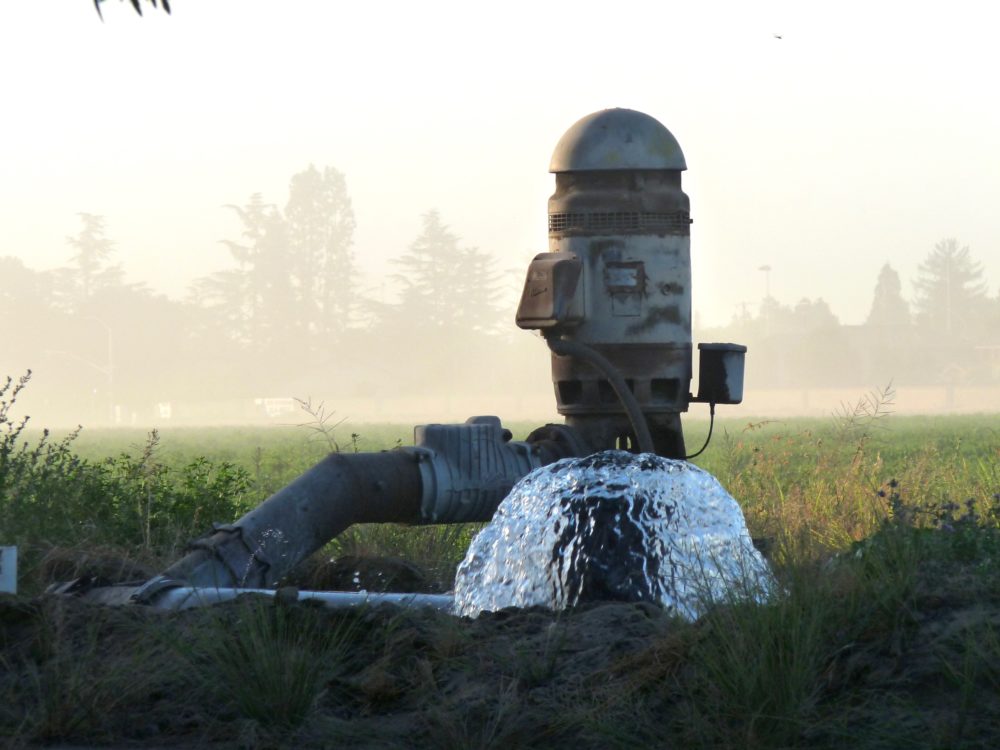More Surface Water For Farmers
The Need for More Water South of the Delta
By Patrick Cavanaugh, Editor
With the initial allocation of only 15% on the federal side for water deliveries for farmers, it’s more important now that more water come through the Delta instead of being needlessly sent to the ocean.
Michael Frantz who owns Frantz Wholesale Nursery, along with his brother in the town of Hickman (Stanislaus County). He also sits on the board of the Turlock irrigation district, which delivers water to thousands of acres of almonds and walnuts.
“Increasing flows South through those Delta pumps. So critical this year. Clearly we need to be able to export as much water out of the Delta as we can environmentally and scientifically do, is a net win for all the people in California,” said Frantz.
“I’m sensitive to the Delta farmers who need to see Delta outflow to keep the salinity from building up in their channels. I recognize that’s a concern of theirs, but the reality is this state allows millions, tens of millions of acre-feet on some water years to escape out to sea,” said Frantz. “Those pumps should be turning at full speed, pushing water down into the South Valley where it could be applied on farms and allowed to percolate down into the aquifer and help recharge and rebuild a healthy aquifer.”

